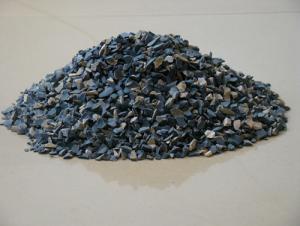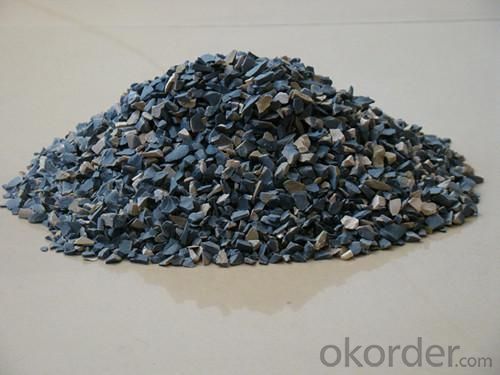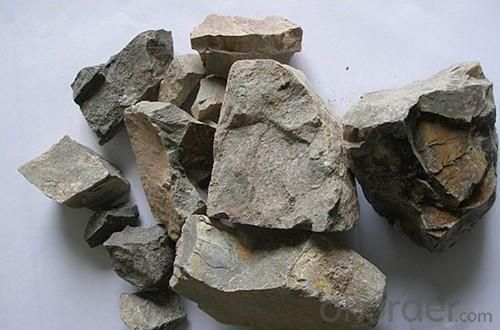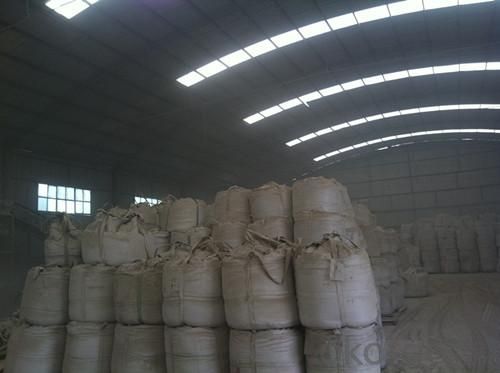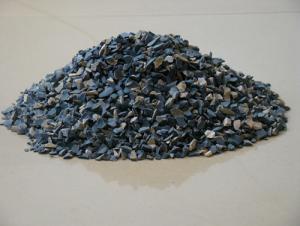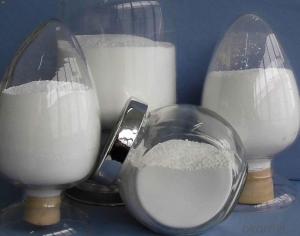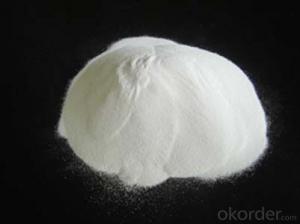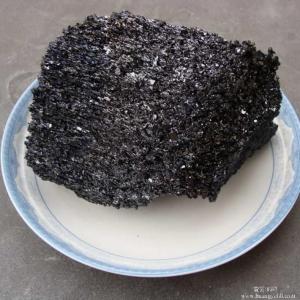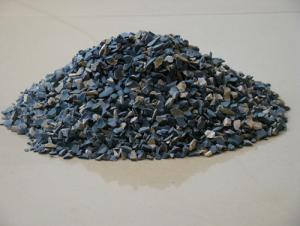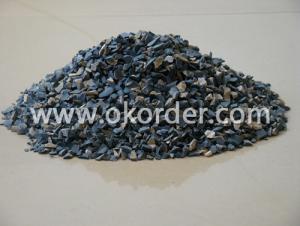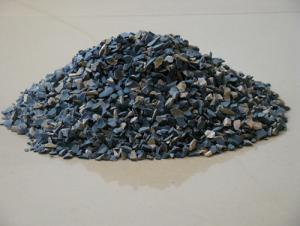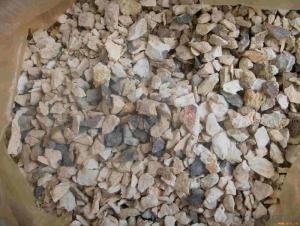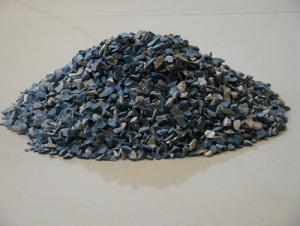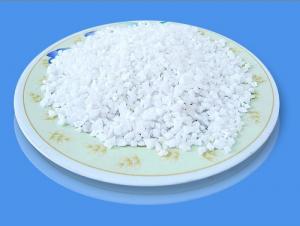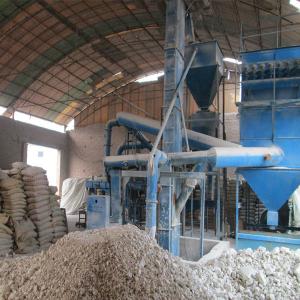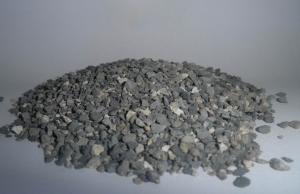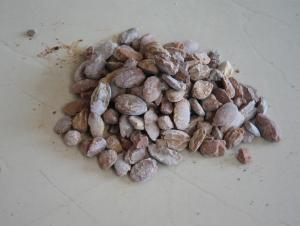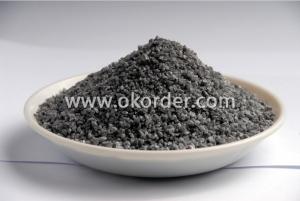Calcined Bauxite Rotary Kiln Al2O3 90% - Raw Materials for Refractory
- Loading Port:
- China Main Port
- Payment Terms:
- TT or LC
- Min Order Qty:
- 50 Metric Ton/Metric Tons m.t.
- Supply Capability:
- 20000 Metric Ton/Metric Tons per Month m.t./month
OKorder Service Pledge
OKorder Financial Service
You Might Also Like
Quick Details of Calcined Bauxite Rotary Kiln Al2O3 90% :
Place of Origin:China mainland
Material:Alumina block
Al2O3 Content(%):90%min
Refractoriness(Degree):1770℃<Refractoriness<2000℃
Shape:Block
Specifications of Calcined Bauxite Rotary Kiln Al2O3 90% :
|
Al2O3 |
90%min | ||
|
Fe2O3 |
1.8%max | ||
|
TiO2 |
4.0%max | ||
|
K2O+Na2O |
0.25%max |
|
|
Size:All sizes according to customers’requirements
Standard:Industry standards
Packaging & Delivery of Calcined Bauxite Rotary Kiln Al2O3 90%:
Packaging details:1mt big bag or according to customers’ requirements
Delivery:7-15 work days after the order is confirmed
Competitive Advantages:
High Heat-resistance.
High Purity & Good Quality.
Timely delivery & service
Good company reputation
Competitive Price & Reputable Supplier.
Usage/Applications:
1.Aluminium industry. Used in national defense, aerospace, automotive, electronics, chemical industry, daily necessities, etc.
2. Precision casting. Alumina clinker made after the mould precision casting processed into fine powder. Used in military industry, aerospace, communications, instrumentation, machinery and medical equipment department.
3.Refractory products. High bauxite clinker refractoriness is as high as 1780, chemical stability strong, and good physical properties.
4.Aluminum silicate refractory fiber. With light weight, high temperature resistance, good thermal stability, low thermal conductivity, heat capacity is small and the advantages of resistance to mechanical shock. Used in iron and steel, nonferrous metallurgy, electronics, petroleum, chemical, aerospace, atomic energy, defense and other industries.
5. In magnesia and bauxite clinker as raw materials, add the appropriate binder, used for pouring ladle whole ladle lining has particularly good effects.
6.Manufacture alumina cement, abrasive materials, ceramic industry and chemical industry can be aluminum of various compounds.
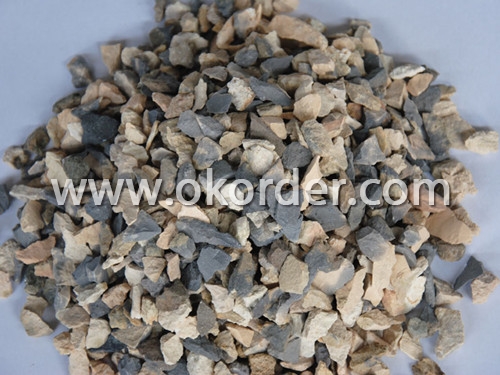
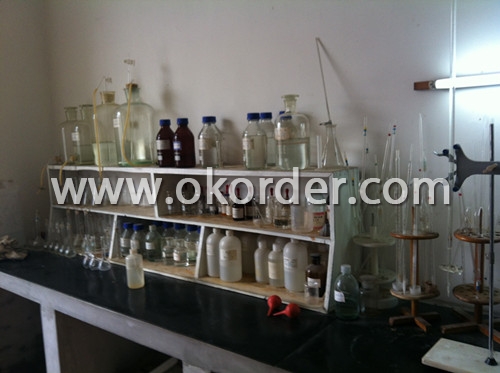
- Q: How to calculate the thickness of choosing refractory? Such as steel ladle should choose what kind of refractory and using what thicknes?
- I feel the concrete thickness should depend on the experience and the actual situation. As for the specific method, I also can't say too accurately. If it's ladle, it generally chooses alumina magnesia castable.
- Q: How long is the duration of fire resistance of hollow glass magnesium board
- Glass magnesium board is non-combustible board with excellent fire resistance ability, the continuous burning time of flame is 0, non-combustible at 800℃, no flame at 1200℃, achieving the highest level of fire retardant level A1; Partition System cooperated with high-quality keel can endure fire for more than 3 hours. In the process of combustion, a large amount of heat energy can be absorbed, and the temperature of the surrounding environment will be delayed.
- Q: What is the function of refractory in ceramics?
- It depends on what purpose you want to achieve. At the same time, part of special ceramics belongs to refractory. If is is to produce ceramic products, the aforesaid answers are very comprehensive.
- Q: Where is refractory used? Thank you!
- According to its refractoriness, it can be divided into ordinary refractory (1,580℃ to 1,770℃), high class refractory (1,770℃ to 2,000) and super refractory (above 2,000℃); according to chemical property, it can be divided into acid , neutral and alkali refractories, and including refractory used for special occasion. The current definition of refractory do not only depend on whether the refractoriness is above 1,580℃. At present, refractory is widely used as inorganic nonmetallic material of production equipment lining in metallurgy, petrifaction, cement, ceramics, power, etc. Refractory generally has good thermal shock resistance, chemical attack resistance, low thermal conductivity and coefficient of expansion, widely used in chemical, construction material, mechanical manufacturing, and ceramics, accounting for 50% to 60% in the total output. It can resist high-temperature action. Refractory has many varieties. Refractory materials are widely used in metallurgy; chemical properties divided by acidic refractories. In addition, cement, silicates. Refractoriness refers to that when cones sample made from refractory has no load. Currently, refractory refers to that is widely used in metallurgy, including neutral refractory and basic refractory.
- Q: What are Grade-A waterproof inorganic thermal insulation materials?
- 1. Foam ceramic insulation board Foam ceramic insulation board is made of inorganic ceramic material by high temperature baking and is called ceramic insulation plate for short. 2. Composite cement foaming insulation board With cement, fly-ash and micro-silica, composite cement foaming insulation board is a kind of hole-closed lightweight hydrophobic insulation board made by foaming, maintenance,cuttign and processing. 3. Aerated concrete panel Using lightweight material, silicious material and foaming agent and so on, aerated concrete panel is a lightweight concrete panel made by high pressure steaming. 4. Rock wool board With natural igneous rock as material and thermosetting resin as binder, rock wool board is a panel made by melting in high temperature through centrifugation. I hope it can help you.
- Q: Does anyone know fire-proof material of fireproof wooden door?
- Fireproof wooden door goes through the flame treatment, so it can prevent fire. Its principle: Fire-retardant treated timber has become flame retardant material itself and its fire endurance has increased. The commonly used method of fire retardant treatment for timber including: Spraying method, soaking method, boiling method, vacuum method, vacuum-pressure method.
- Q: What's the fire resistance rating of the exterior fire?retardant?coating?
- Current fireproofing material is mainly classified into five grades: A class: Incombustible building material which is almost incombustible. A1 class: It is noncombustible and cann't cause open fire. A2 class: It is noncombustible but needs to measure the smoke it will cause and that should be qualified. B1 class: Flame-retardant building materials: Good in fire retardation, it is non-combustible when meeting open fire in the air or under high temperature, and it is difficult for the fire to spread quickly. Besides, when the fire source is removed, combustion stops immediately. B2 class: Combustible building material: It has certain fire retardation. In the case of open fire in the air or at high temperature, it will immediately burst into flames, and easily lead to the spread of fire, such as the spread to wooden pillars, timber roof truss, timber beams, wood stairs, etc. B3 class: Flammable building material has no fire retardation effect at all. It is highly combustible with big fire risk. Besides, the classifications of fire resistance rating of building materials are different according to different standards: dDIN4102: A1, A2, B1, B2, B3; x0dEN13501-1: A1, A2, B, C, D, E, F. Hope it helps.
- Q: How many levels are there in the classification of PP fireproof materials?
- PP fireproof materials level V-0: After two 10-second fame tests on the sample, the flame extinguishes within 30 seconds. Inflamer can not drop. V-1: After two 10-second flame tests on the sample, the flame extinguishes within 60 seconds. Inflamer can not drop. V-2: After two 10-second flame tests on the sample, the flame extinguishes within 60 seconds. Inflamer can drop.
- Q: What is refractory?
- Refractory materials are widely used in metallurgy, machinery manufacturing, chemical industry, petroleum, power and other industrial fields. It is an inorganic nonmetallic material mostly used in metallurgical industry with the minimum refractoriness of 1580 ℃, able to resist high temperature without softening (annealing). It accounts for 50% to 60% in total output. Refractoriness refers to refractory's ability to resist fire.
1. Manufacturer Overview
| Location | Tianjin,China |
| Year Established | 2006 |
| Annual Output Value | Below US$1 Million |
| Main Markets | Mid East;Western Europe;Japan;North America |
| Company Certifications | The Authentication certificate of Quality Management system |
2. Manufacturer Certificates
| a) Certification Name | |
| Range | |
| Reference | |
| Validity Period |
3. Manufacturer Capability
| a) Trade Capacity | |
| Nearest Port | Tianjin |
| Export Percentage | 61% - 70% |
| No.of Employees in Trade Department | 50 People |
| Language Spoken: | English;Chinese |
| b) Factory Information | |
| Factory Size: | Above 300,00 square meters |
| No. of Production Lines | Above 5 |
| Contract Manufacturing | Design Service Offered |
| Product Price Range | Average |
Send your message to us
Calcined Bauxite Rotary Kiln Al2O3 90% - Raw Materials for Refractory
- Loading Port:
- China Main Port
- Payment Terms:
- TT or LC
- Min Order Qty:
- 50 Metric Ton/Metric Tons m.t.
- Supply Capability:
- 20000 Metric Ton/Metric Tons per Month m.t./month
OKorder Service Pledge
OKorder Financial Service
Similar products
Hot products
Hot Searches
Related keywords
